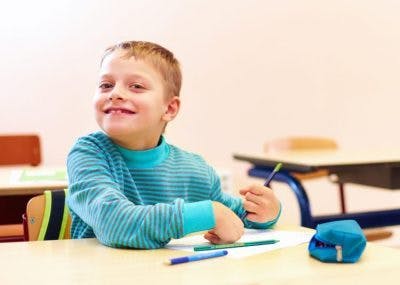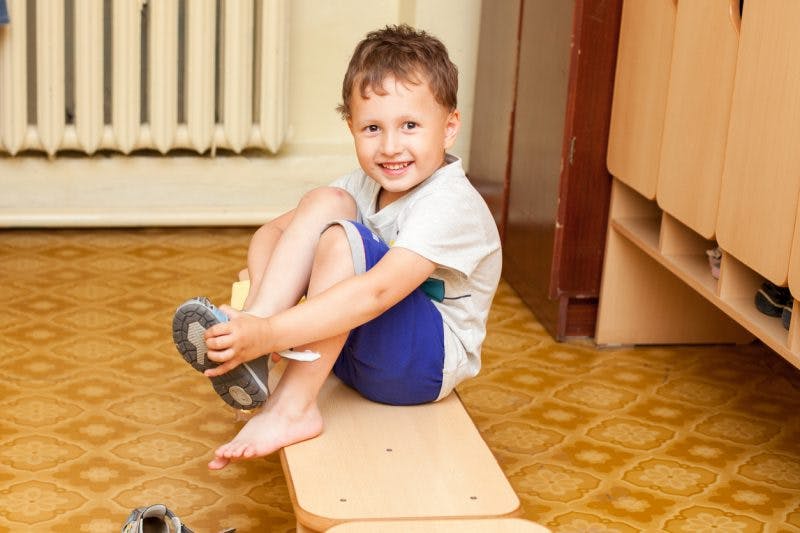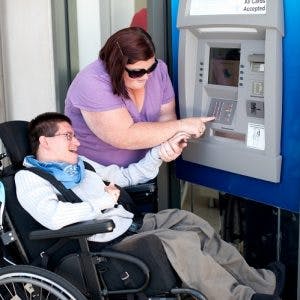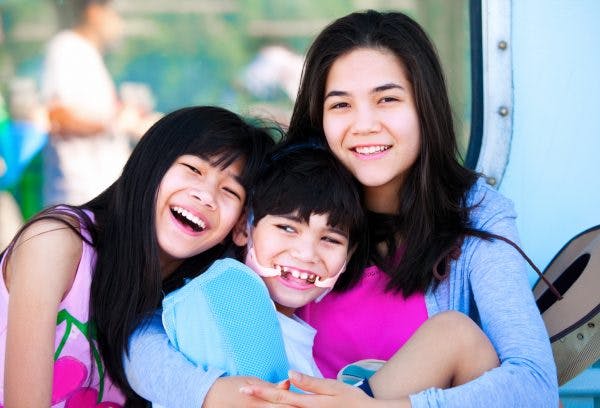Individuals with high-functioning cerebral palsy can generally go about their everyday lives with a great deal of independence.
This is because their motor impairments don’t significantly interfere with their ability to perform self-care activities, participate in daily roles, or enjoy leisure activities.
This article will explain what determines the severity of one’s CP, what high-functioning cerebral palsy looks like, and how to improve mild motor impairments.
High-Functioning Cerebral Palsy
The phrase “high-functioning” isn’t regularly used to describe individuals with cerebral palsy.
Generally, when “high-functioning” is used, it will be referring to conditions like depression, anxiety, or autism spectrum disorder.
If a person is high-functioning, it means that they are able to take care of themselves most of the time without their conditions significantly getting in the way or limiting them.
If someone with cerebral palsy is high-functioning, they likely have mild cerebral palsy.
However, it’s important to understand that individuals with more severe motor impairments can also be very independent.
For example, people who only have motor impairments in their legs will have completely normal use of their arms and can carry out tasks like brushing their teeth, maneuvering their wheelchairs, and eating with no problems. They may even be able to walk with crutches or a walker and be able to complete transfers without assistance.
What Does High-Functioning Cerebral Palsy Look Like?

Cerebral palsy is caused by damage to the developing brain before or during birth, or in early childhood.
If a child has mild cerebral palsy, they likely have less severe brain damage.
If your child has cerebral palsy and is high-functioning, they may demonstrate:
Stiff Movements
Generally, the more severe an individual’s cerebral palsy is, the more areas of the body will be affected.
Mild CP is associated with less severe brain damage, so individuals will usually not have motor impairments throughout their entire bodies.
Instead, it is more likely that just their legs or one side of the body will be affected. They may even just have one limb that is affected.
While children with mild CP can generally move affected areas, their affected muscles will likely have high tone due to involuntary contractions. Because these muscles cannot fully relax, movements can appear stiff.
Over-Dependence on Unaffected Areas
Children with mild cerebral palsy may learn to become over-dependent on non-affected limbs to compensate for their motor impairments.
For example, if a child has motor impairments on their right side, they might develop a habit of only using their left side to perform tasks (developmental disregard).
While it’s typical to have a dominant side, children must practice using both sides of their body at the same time to develop bilateral coordination skills and to ensure that their affected body parts don’t become more severely impaired. Although using their affected body parts will likely require extra effort initially, it should get easier over time.
Can High-Functioning Individuals Treat Their Cerebral Palsy?

While individuals with mild cerebral palsy have less brain damage, CP is a life-long condition.
Damage to the brain is static and non-progressive. This means that although it will not worsen over time, it also cannot heal itself.
Luckily, the brain has neuroplasticity (the ability to rewire damaged functions to healthy areas of the brain).
Less damage to the brain equals more healthy neural pathways for neuroplasticity to occur.
In order to promote neuroplasticity, children need to consistently practice moving with correct form. This will stimulate the brain to rewire itself and strengthen new sets of neural pathways.
Practicing task-specific and highly repetitive movements will train the brain to create new habits that can replace abnormal movement patterns.
Understanding Mild Cerebral Palsy
Cerebral palsy is a childhood motor disability, meaning that it only directly affects one’s movements.
Although it is very common (50%) for individuals with CP to have co-occurring intellectual disabilities, it is less likely to occur among children with mild CP because they have less severe damage to the brain.
Therefore, they can be very high-functioning because their physical and mental states will not significantly restrict their ability to learn or move.
By promoting neuroplasticity through massed practice, children with mild cerebral palsy can train their brains to adopt new movement patterns and improve their mobility.











